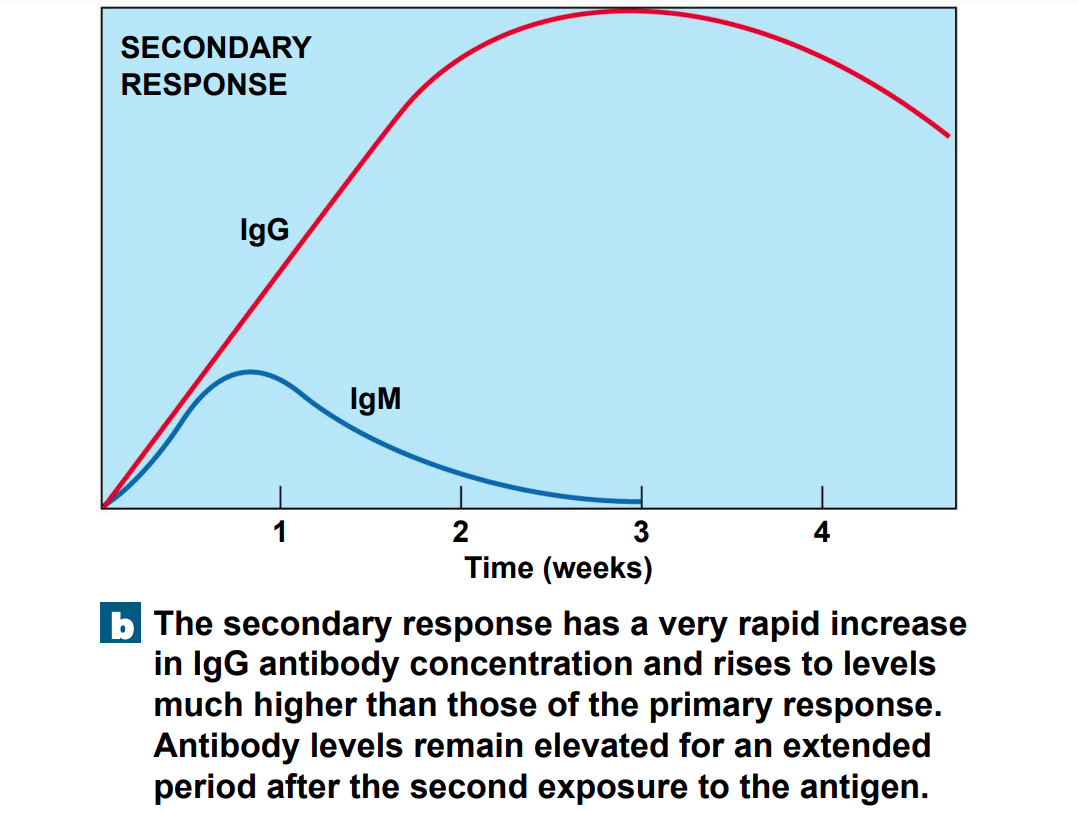anatomy lecture exam 4
0.0(0)
0.0(0)
Card Sorting
1/451
Earn XP
Description and Tags
Study Analytics
Name | Mastery | Learn | Test | Matching | Spaced |
|---|
No study sessions yet.
452 Terms
1
New cards
Functions of the Oral Cavity
1. Sensory analysis of material before swallowing
2. Mechanical processing through actions of teeth, tongue, and palatal surfaces
3. Lubrication - mixing with mucus and salivary gland secretions
4. Limited digestion of carbohydrates (salivary amylase) and lipids (lingual lipase)
2
New cards
the tongue
Manipulates materials inside mouth
3
New cards
Functions of the tongue
1. Mechanical processing by compression, abrasion, and distortion
2. Manipulation to assist in chewing and to prepare material for swallowing
3. Sensory analysis by touch, temperature, and taste receptors
4. Secretion of mucins and the enzyme lingual lipase
4
New cards
Salivary Glands
produces saliva (1.0–1.5 liters of each day) with different properties
5
New cards
Submandibular salivary glands (70%)
produces buffers, glycoproteins (mucins – gives saliva its lubricating property), and salivary amylase
6
New cards
Parotid salivary glands (25%)
produces serous secretions with salivary amylase - breaks down starches
7
New cards
Sublingual salivary glands (5%)
produces mucous secretions that act as buffer and lubricant
8
New cards
Specific resistance (immunity)
Responds to specific antigens with coordinated action of T cells and B cells
9
New cards
T-cells
* Provide cell-mediated immunity
* Defend against abnormal cells and pathogens inside cells
* Defend against abnormal cells and pathogens inside cells
10
New cards
B-cells
* Provide antibody-mediated immunity
* Defend against antigens and pathogens in body fluids
* Defend against antigens and pathogens in body fluids
11
New cards
innate immunity
present at birth
12
New cards
adaptive immunity
gained after birth
13
New cards
active immunity
Antibodies develop after exposure to antigen
14
New cards
passive immunity
Antibodies are transferred from another source
15
New cards
Active: Naturally acquired
Through environmental exposure to pathogens (ex. Catching the flu)
16
New cards
Active: Artificially acquired
Through vaccines containing pathogens (stimulates immune system to produce antibodies) (Ex: Flu vaccine)
17
New cards
Passive: Naturally Acquired
Antibodies acquired from the mother (Ex: Breast milk)
18
New cards
Passive: Artificially Acquired
By an injection of antibodies (Ex: RhoGAM anti-D antibodies)
19
New cards
Four Properties of Immunity: Specificity
* Each T or B cell responds only to a specific antigen and ignores all others
* Several thousand different types of lymphocyte each with a specific antigen receptor
* Several thousand different types of lymphocyte each with a specific antigen receptor
20
New cards
Four Properties of Immunity: Versatility
The body produces many types of lymphocytes
* Each fights a different type of antigen
* Active lymphocyte clones itself (cell divides and makes copies of itself) to fight their specific antigen
* Each fights a different type of antigen
* Active lymphocyte clones itself (cell divides and makes copies of itself) to fight their specific antigen
21
New cards
Four Properties of Immunity: Memory
Some active lymphocytes (memory T or B cells):
* Stay in circulation
* Provide immunity against new exposure of the same antigen (previously exposed to
* Stay in circulation
* Provide immunity against new exposure of the same antigen (previously exposed to
22
New cards
Tolerance
Immune system ignores “normal” antigens (selfantigens). Failure of tolerance causes auto-immune disorders
23
New cards
antigen presentation
T cells only recognize antigens that are bound to glycoproteins in plasma membranes
24
New cards
**MHC (Major Histocompatibility Complex) Proteins** AKA **Human Leukocyte Antigens (HLA’s)**
* differs among individuals
* The membrane glycoproteins that bind to antigens
* Genetically coded in chromosome 6
* The membrane glycoproteins that bind to antigens
* Genetically coded in chromosome 6
25
New cards
Class I MHC proteins
Found in membranes of all nucleated cells (not found on red blood cells… why?)
26
New cards
Class II MHC proteins
* Found in membranes of antigen-presenting cells (APCs)
* Found in lymphocytes, phagocytic, and non-phagocytic cells
* Found in lymphocytes, phagocytic, and non-phagocytic cells
27
New cards
primary reason for organic rejection
recipient’s T cells recognize transplanted tissue as foreign tissue because of antigen on surface
28
New cards
Class I MHC Proteins: Process
Pick up small peptides in cell cytoplasm and carry them to the surface
* T cells ignore normal peptides
* Abnormal peptides or viral proteins activate T cells to destroy cell
* T cells ignore normal peptides
* Abnormal peptides or viral proteins activate T cells to destroy cell
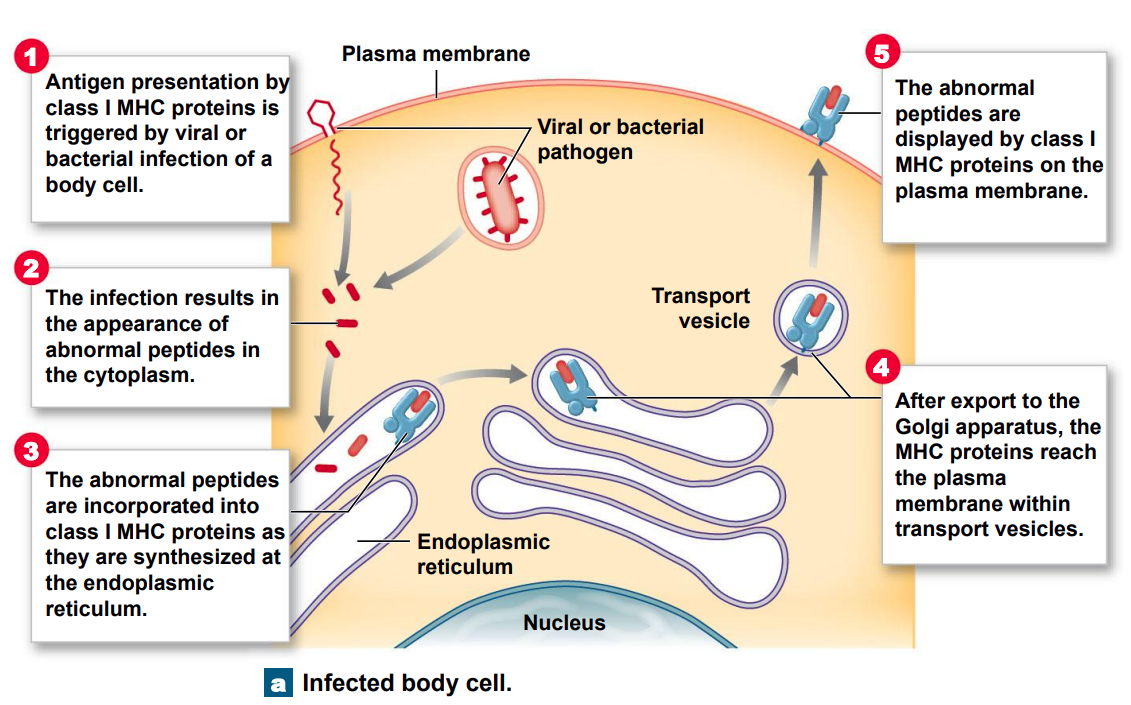
29
New cards
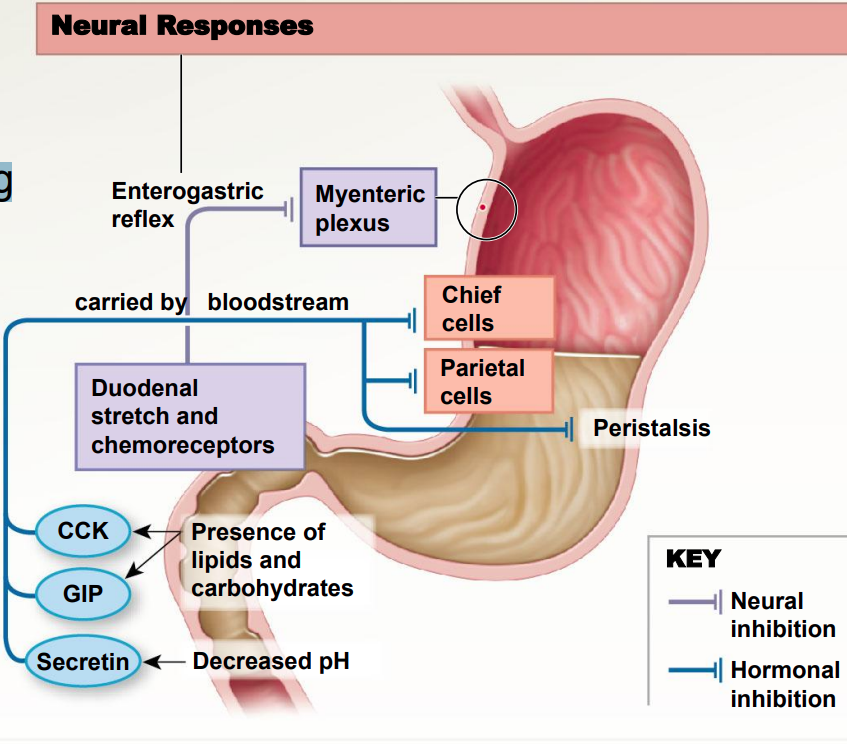
Class II MHC Proteins Antigenic fragments
\
* From **antigen processing** of pathogens (processing through phagocytosis and breakdown of pathogens)
* Bind to Class II proteins
* Inserted in plasma membrane to stimulate T cells
* From **antigen processing** of pathogens (processing through phagocytosis and breakdown of pathogens)
* Bind to Class II proteins
* Inserted in plasma membrane to stimulate T cells
30
New cards
Antigen presenting cells (APCs)
* Responsible for activating T cells against foreign cells and proteins
* Note – Class II MHC proteins only appear on the plasma membrane when cell has processed the antigens
* Note – Class II MHC proteins only appear on the plasma membrane when cell has processed the antigens
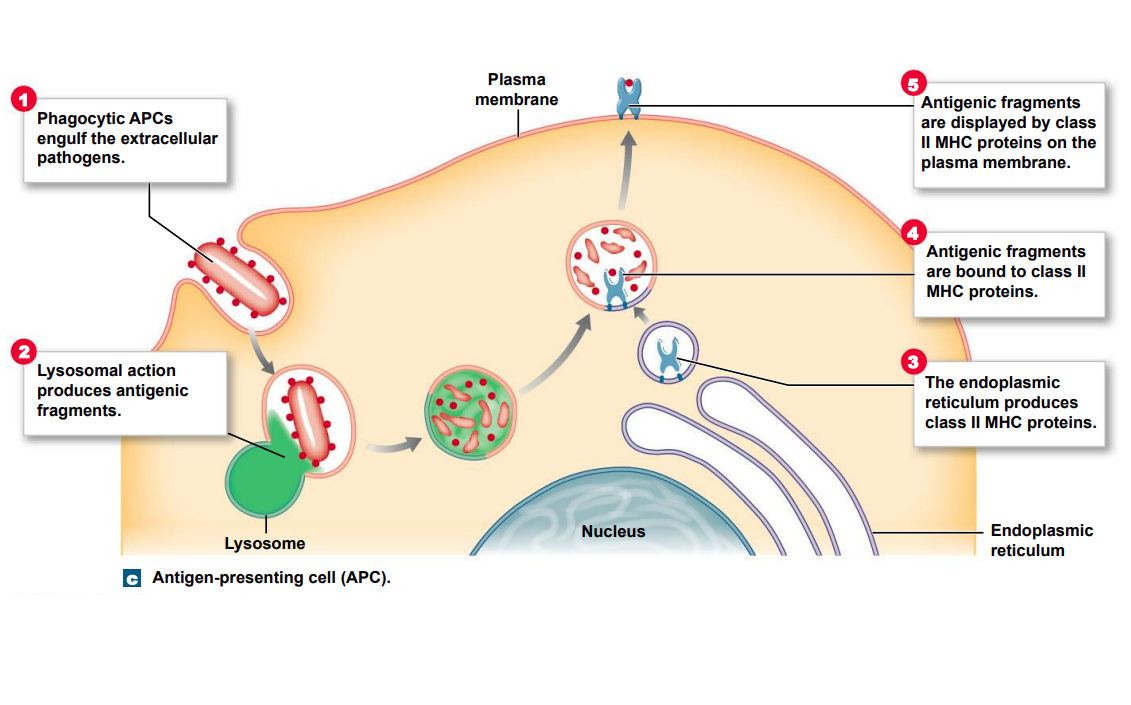
31
New cards
Phagoocytic APCs
* Free and fixed macrophages in connective tissues
* Kupffer cells of the liver
* Microglia in the CNS
* Kupffer cells of the liver
* Microglia in the CNS
32
New cards
Non-phagocytic APCs
* Langerhans (dendritic) cells in the skin
* Dendritic cells in lymph nodes and spleen
* Dendritic cells in lymph nodes and spleen
33
New cards
Inactive T cell receptors
* Recognize Class I or Class II MHC proteins
* Recognize a specific antigen
* Recognize a specific antigen
34
New cards
Binding occurs when…
MHC protein is attached to the specific antigen that the T cell is programmed to detect
35
New cards
Binding of T cell causes …
quick production of cytotoxic T cells and memory T cells and slow production suppressor T cells
36
New cards
Cytotoxic T cells (also called TC cells)
* Attack cells infected by viruses
* Responsible for cell-mediated immunity
* Responsible for cell-mediated immunity
37
New cards
Memory T-cells
Clone more of themselves in response to “remembered” antigen – remain in body so they can quickly respond in future encounters with the antigen
38
New cards
Helper T cells (also called TH cells)
Stimulate function of T cells and B cells
39
New cards
Suppressor T cells (also called TS cells)
Inhibit function of T cells and B cells
40
New cards
Cytotoxic T-cell Process
1. Release perforin to destroy antigenic plasma membrane
2. Secrete poisonous lymphotoxin to destroy target cell
3. Activate genes in target cell that cause cell to die (apoptosis)
41
New cards
Memory T-cells are produced with…
cytotoxic t-cells
42
New cards
memory t-cells stay…
in circulation
43
New cards
memory t-cells immediately form cytotoxic t-cells if…
same antigen appears again
44
New cards
Suppressor t-cells secrete…
suppression factors (inhibitory cytokines)
45
New cards
Suppressor t-cells inhibit …
responses of t and b cells
46
New cards
Suppressor t-cells act after …
initial immune response
47
New cards
Suppressor t-cells limit…
immune reaction to single stimulus
48
New cards
Activation of inactive helper T cells
occurs when APC with antigen attached to Class II MHC binds to inactive helper T cell.
49
New cards
Binding triggers
* Active helper (CD4) T cells (TH cells)
* Secrete cytokines
* Memory helper (TH ) cells
* Remain in reserve
* Secrete cytokines
* Memory helper (TH ) cells
* Remain in reserve
50
New cards
For T-cells to be actived
it must be costimulated by binding to stimulating cell at second site which confirms the first signal
51
New cards
Four Functions of Cytokines
1. Stimulate T cell divisions
1. Produce memory TH cells
2. Accelerate cytotoxic T cell maturation
2. Attract and stimulate macrophages
3. Attract and stimulate activity of cytotoxic T cells
4. Promote activation of B cells
52
New cards
B-cells are responsible for…
antibody-mediated immunity
53
New cards
B-cells attack antigens by…
producing specific antibodies
54
New cards
B-cells have …
Millions of populations, each with different antibody molecules
55
New cards
Corresponding antigens in interstitial fluids bind to
b cell receptors
56
New cards
B-cells preparation for activation is called
sensitization
57
New cards
During sensitization, antigens are:
* Taken into the B cell
* Processed
* Reappear on surface, bound to Class II MHC protein
* Processed
* Reappear on surface, bound to Class II MHC protein
58
New cards
(Helper T-cells) Sensitized B cell is prepared for activation but …
needs helper T cell activated by the same antigen
59
New cards
Helper T cell binds to MHC complex containing the antigen then…
Secretes cytokines that promote B cell activation and division
60
New cards
Activated B-cells divide into
memory b-cells and plasma cells
61
New cards
Memory B-cells
Like memory T cells, remain in reserve to respond to next infection
62
New cards
Plasma Cells
Synthesize and secrete antibodies into interstitial fluid
63
New cards
Antibody structure consists of
two parallel pairs of polypeptide chains
* One pair of heavy chains
* one pair of light chains
* Each chain contains Constant and Variable
* One pair of heavy chains
* one pair of light chains
* Each chain contains Constant and Variable
64
New cards
Five Heavy-Chain Constant Segments
1. IgG
2. IgE
3. IgD
4. IgM
5. IgA
Determine five types of antibodies
65
New cards
Variable Segments of Light and Heavy Chains
Determine specificity of antibody molecule
66
New cards
Binding Sites
Free tips of two variable segments form antigen binding sites of antibody molecule which bind to antigenic determinant sites of antigen molecule
67
New cards
Antigen–Antibody Complex
An antibody bound to an antigen
68
New cards
A Complete Antigen
* Has at least two antigenic determinant sites
* Binds to both antigen-binding sites of variable segments of antibody
* Binds to both antigen-binding sites of variable segments of antibody
69
New cards
B cell sensitization
* Exposure to a complete antigen leads to:
* B cell sensitization
* Immune response
* B cell sensitization
* Immune response
70
New cards
Hapten (Partial Antigens)
Must attach to a carrier molecule to act as a complete antigen
71
New cards
Danger of Haptens
Antibodies produced will attack both hapten and carrier molecule
72
New cards
If carrier is “normal”:
* Antibody attacks normal cells
* For example, penicillin allergy
* For example, penicillin allergy
73
New cards
Antibodies
* Are found in body fluids
* Are determined by constant segments
* Have no effect on antibody specificity
* Are determined by constant segments
* Have no effect on antibody specificity
74
New cards
IgG
is the largest and most diverse class of antibodies - 80 percent of all antibodies
75
New cards
IgG antibodies are responsible for…
resistance against many viruses, bacteria, and bacterial toxins
76
New cards
IgG can cross the
placenta
77
New cards
maternal IgG provides…
passive immunity to fetus during embryological development
78
New cards
Anti-Rh antibodies produced by Rh-negative mothers are also IgG antibodies and produce…
hemolytic disease of the newborn
79
New cards
The anti-Rh antibodies can cross the placenta…
and bind onto fetal blood cells
80
New cards
IgD is an individual molecule on the surfaces of B cells where it can…
bind antigens in the extracellular fluid
81
New cards
IgD: Binding can play a role in the sensitization of…
the B cell involved (activation involves helper T cell)
82
New cards
IgE attaches as an individual molecule to the…
exposed surfaces of basophils and mast cells
83
New cards
When an antigen is bound by IgE molecules:
The cell is stimulated to release **histamine** and other chemicals that accelerate inflammation in the immediate area
84
New cards
IgE is also important in the…
allergic response
85
New cards
IgM
is the first class of antibody secreted after an antigen is encountered
86
New cards
IgM concentration declines as…
IgG production accelerates
87
New cards
Plasma cells secrete individual IgM molecules, but…
it polymerizes and circulates as a five-antibody starburst
88
New cards
The anti-A and anti-B antibodies responsible for the agglutination of incompatible blood types are …
IgM antibodies
89
New cards
IgM cannot
cross the placenta (why is this important?)
90
New cards
IgM antibodies may also attack…
bacteria that are insensitive to IgG
91
New cards
IgA is found primarily in…
glandular secretions such as mucus, tears, saliva, and semen
92
New cards
IgA Attack pathogens before
they gain access to internal tissues
93
New cards
IgA antibodies circulate in…
blood as individual molecules or in pairs
94
New cards
Epithelial cells absorb them from blood and attach a secretory piece, which…
confers solubility, before secreting IgA molecules onto the epithelial surface
95
New cards
Seven Functions of Antigen–Antibody Complexes
1. **Neutralization** of antigen binding sites
2. **Precipitation** and **agglutination** – formation of **immune complex**
3. Activation of complement
4. Attraction of phagocytes
5. **Opsonization** (coat of antibodies and complement proteins on antigen) increasing phagocyte efficiency
6. Stimulation of **inflammation**
7. Prevention of bacterial and viral adhesion
96
New cards
Primary and Secondary Responses to Antigen Exposure
Occur in both cell-mediated and antibody-mediated immunity
97
New cards
First exposure to Antigen
Produces initial primary response
98
New cards
Secondary exposure to same Antigen
* Triggers secondary response
* More extensive and prolonged
* Memory cells already primed
* More extensive and prolonged
* Memory cells already primed
99
New cards
The Primary Response
* Takes time to develop
* Peak response can take two weeks to develop
* Declines rapidly
* Antigens activate B cells
* Plasma cells differentiate
* **Antibody titer** (level) slowly rises
* IgM is produced faster than IgG
* Is less effective than IgG
* Peak response can take two weeks to develop
* Declines rapidly
* Antigens activate B cells
* Plasma cells differentiate
* **Antibody titer** (level) slowly rises
* IgM is produced faster than IgG
* Is less effective than IgG
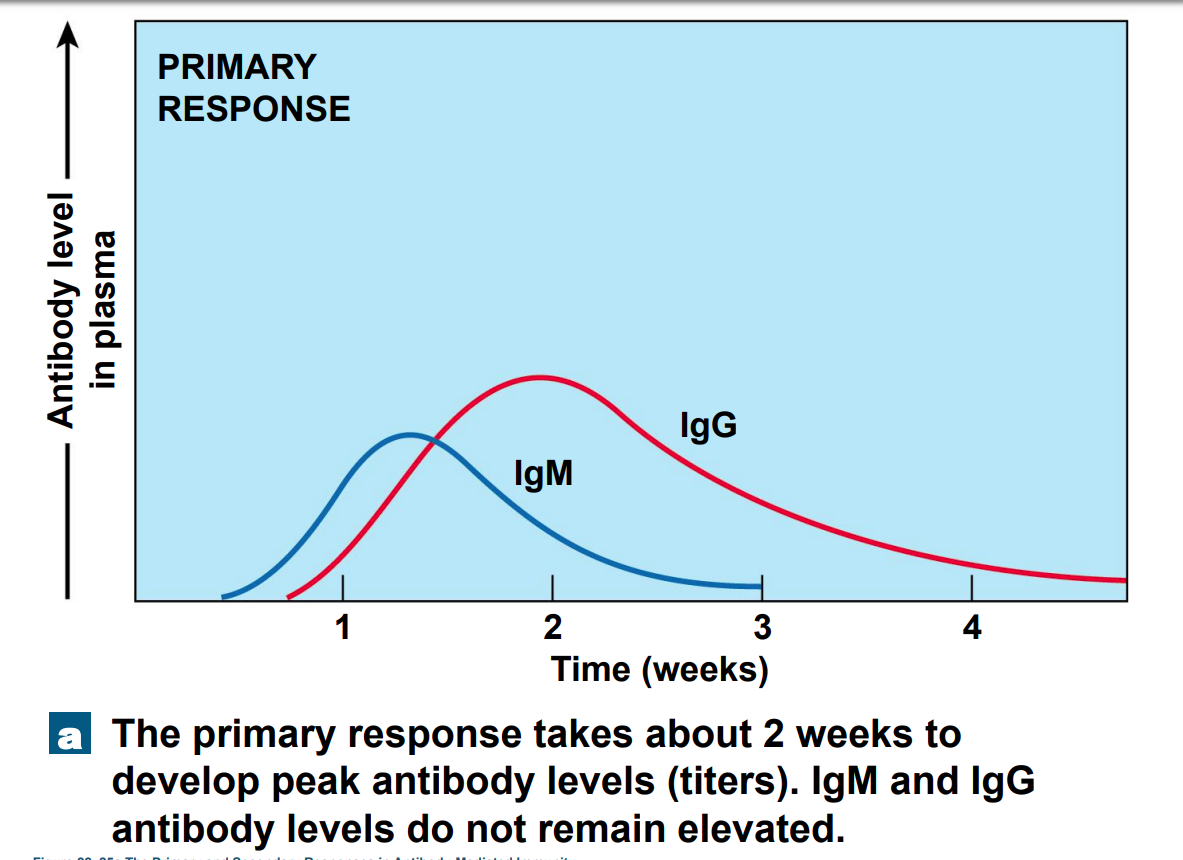
100
New cards
Secondary Response
Activates memory B cells (these cells were produced from primary response)
* At lower antigen concentrations than original B cells
* Secrete antibodies in massive quantities
* IgG - rises very high and very quickly and can remain elevated for extended time
* IgM - production is also quicker and slightly extended
* At lower antigen concentrations than original B cells
* Secrete antibodies in massive quantities
* IgG - rises very high and very quickly and can remain elevated for extended time
* IgM - production is also quicker and slightly extended
